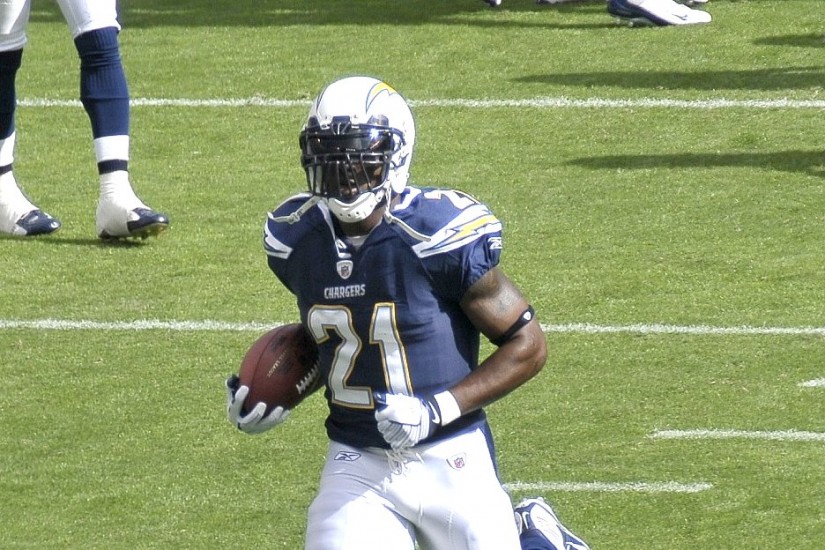Let’s get this out of the way: The better the players are, the better football is.
Watch the old NFL championship games available on YouTube for just 30 seconds, and you’ll see why. The game was slow. When plays broke down, they really broke down; the quarterback would fall down or a pass would flop into the turf without any clear intended target. It was like everyone in the entire league was a part of one big Jets quarterback competition. In 1977, teams completed 13 passes per game; today, that number has nearly doubled.
However, when everyone is good compared to the past, it’s hard to know who’s currently great.
On Saturday, Kurt Warner and LaDainian Tomlinson will enter the Hall of Fame as players who built the bulk of their Hall case this century. There isn’t much debate about their merits as Hall of Famers, and there shouldn’t be: Tomlinson rewrote legitimate records and Kurt Warner took two moribund franchises and turned them into offensive dynamos and Super Bowl contenders. There are other sure-fire locks: Peyton Manning and Tom Brady, for instance, made their name in this era, too. There’s also Ray Lewis and Randy Moss. Then comes that hard part: everyone else.
Efficiency is bad for the type of history usually employed to judge football players. Granted, counting stats are not the best way, either—there are dozens of ways that better measure player value—but records are just … fun. And they are probably going to get progressively less fun. At the moment, there are 10 players who average more yards per game than Jerry Rice, who’s universally considered the greatest receiver of all time. Mike Evans and Demaryius Thomas are top-level players, while Julio Jones, A.J. Green, and Odell Beckham Jr. are even better. Yet while none of them scratch Rice’s dominance, the record books will eventually tell you otherwise.
